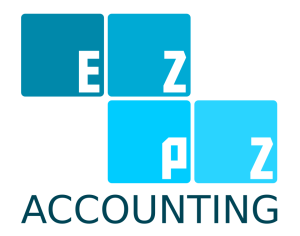Do Companies Always Have Liabilities?

Generally, when companies think of liabilities, they think of how they can reduce these. But, liabilities are not always bad. In fact, companies often have liabilities that will work in their favor. In the long run, liabilities can actually make companies stronger.
Companies generally have three liabilities: fixed liabilities – which are the debts of the business, current liabilities – which are obligations that need to be paid within one year, and contingent liabilities – which are the potential liabilities of the business.
Why is it crucial for companies to have liabilities?
In business, it is crucial for companies to have liabilities. Without them, companies could not borrow money to expand, investors would be unwilling to put money into a business without some form of security, and owners would be unable to get a loan to buy the company.
In the most fundamental sense, a liability is something the company owes. It might be money that’s owed to suppliers, employees, or banks. It might also be money that’s owed to tax authorities or to shareholders in the form of dividends.
In most cases, liabilities are listed on the company’s balance sheet. This document shows the company’s assets (what it owns) and its liabilities. The difference between the two is the company’s net worth.
A company’s liabilities can vary over time. For example, the company might owe money for a delivery that is scheduled for next month. But it might also owe money for a delivery that happened last month. The company’s current liabilities are the debts that are due in the next year.
Long-term liabilities are the debts that are due after a year. These might include loans that the company has taken out to finance a new factory or to purchase new equipment.
The liabilities section of the balance sheet is important because it shows how much the company owes. This information is key to understanding the company’s financial health.
What are fixed liabilities?
A fixed liability is a financial obligation that is not expected to change over time. This includes things like bonds, loans, and leases. Fixed liabilities are important because they provide a source of long-term funding for a company. They are also a key part of a company’s balance sheet.
What are current liabilities?
Current liabilities are those liabilities that are due within one year. They are typically short-term debts that the company must pay within a year, such as accounts payable, taxes, and wages. If a company cannot pay its current liabilities, it may have to declare bankruptcy.
What are contingent liabilities?
Contingent liabilities are potential obligations that arise from past events, but which may or may not become actual obligations.
For example, if a company has entered into a contract to provide services to a customer, but has not yet performed those services, it has a contingent liability for the cost of providing those services.
Similarly, if a company is involved in a lawsuit, it has a contingent liability for any potential damages that may be awarded to the other party in the lawsuit.
Final takeaway
Some companies are designed to incur liabilities. One-man companies in which the owner signs contracts in his own name, or a one-person limited company, or a person acting on behalf of a company can all incur liabilities.
If the owner of a company sells the goods on the basis that he will refund any unsatisfactory purchases, the company incurs a liability to the buyer. Any of these situations means that the company may incur liabilities, but if it is incorporated it must do so through share capital.
A liability is something that a company owes, as opposed to an asset, which is something that a company owns.
